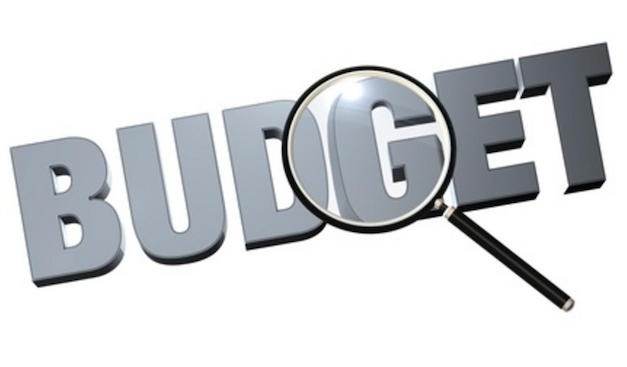10 May 217
By Stephen Koukoulas
hree years ago, then-treasurer Joe Hockey delivered the first budget of the Abbott government. It was a classic austerity budget, designed to tackle the “debt and deficit disaster” and “fiscal emergency” that it had railed against in opposition. That budget saw a raft of spending cuts, user charges and tax increases as the government tried to fast-track the return to budget surplus.
The effect of the policy changes in that budget saw the forecast for the 2016-17 deficit fall to $10.8bn, and then to a mere $2.8bn in 2017-18. There were budget surpluses forecast in 2018-19 and beyond. According to Hockey, the budget had effectively been fixed and the emergency thwarted.
Or so it seemed.
Over the intervening three years, the budget bottom line numbers have soured. This is despite the global economy registering solid, unbroken growth that has seen Australian export volumes grow substantially. Domestically, the economy has recorded average gross domestic product (GDP) growth at a reasonable rate, around 2.5% per annum over three years, despite the crash in mining investment and the volatility in commodity prices.
Suffice to say, something has gone badly wrong with budget repair over the past three years.
Treasurer Scott Morrison’s 2017 budget now estimates the 2016-17 budget deficit will be $37.6bn. This is about $27bn more than under the framework outlined by Hockey. For 2017-18, the budget blowout is similarly large – just under $27bn wider. The 2018-19 budget surplus projection is redundant because it was not forecast in 2014, but the current estimate is for a deficit of $21.4bn.
Not only has there been no budget repair, but the deficit and debt levels have blown out to the point where net government debt is now projected to reach a 60-year high of 19.8% of GDP.
Gross government debt, which was $273bn when the Coalition was elected in September 2013, is forecast to reach $537bn in 2017-18, $606bn in 2020-21 and $725bn in 2027-28.
Part of this fiscal failure is due to many of the measures in the 2014 budget being rejected by the Senate. There was a naivety from the Abbott government that a hostile Senate would pass the bulk of the draconian measures that stripped benefits away from the unemployed, slashed education spending and imposed a co-payment for each visit to the doctor. The Senate rejected these and other measures that were in the budget figuring for the last three years and finally, in the current budget, these have been expunged, which accounts for part of the deficit blowout.
The budget documents note that the impact of the Senate blocking these measures was a mere $2.1bn in 2017-18 and $3.2bn in 2018-19. Small beer in the scheme of things.
Part of the failure to reduce the deficit is linked to the ramping up of government spending, to above 25% of GDP. The Morrison budget is framed around a government spending to GDP ratio of 25% of GDP and higher for at least eight years – something without precedent in budget history.
The revised fiscal framework encompasses big government spending, which reflects a capitulation from the Coalition. It reflects the political reality where the electorate increasingly demands a high and rising service delivery from publicly funded services.
Indeed, in a stark contrast to the 2014 budget, the 2017 budget explicitly states, that “the first duty of a government is to protect and keep Australians safe and ensure the critical services they rely on are guaranteed”.
Those essential and important services are, according to the budget document, “healthcare, housing, disability support, education and employment”.
It is impossible to imagine the 2014 budget containing such rhetoric.
The budget does project a small budget surplus in 2020-21. To get there, Morrison is relying on a surge in tax and other revenue. Total government revenue is forecast to reach 25.4% of GDP in 2020-21, the sixth highest level of revenue on record.
The budget is characterised by big government spending and high taxes. There is also a blowout in debt and deficit reflecting the government’s realisation that the electorate places a higher weight on the government provision of services than an arbitrary return to surplus. This is especially so when the policies to get to surplus are unfair and introduced when the economy is weak.
It is unclear how the ratings agencies will view these developments. They have a focus on bottom line debt and deficit, and to that extent, the triple-A rating must be in jeopardy.
—
This article first appeared in The Guardian, 17 May 2017

